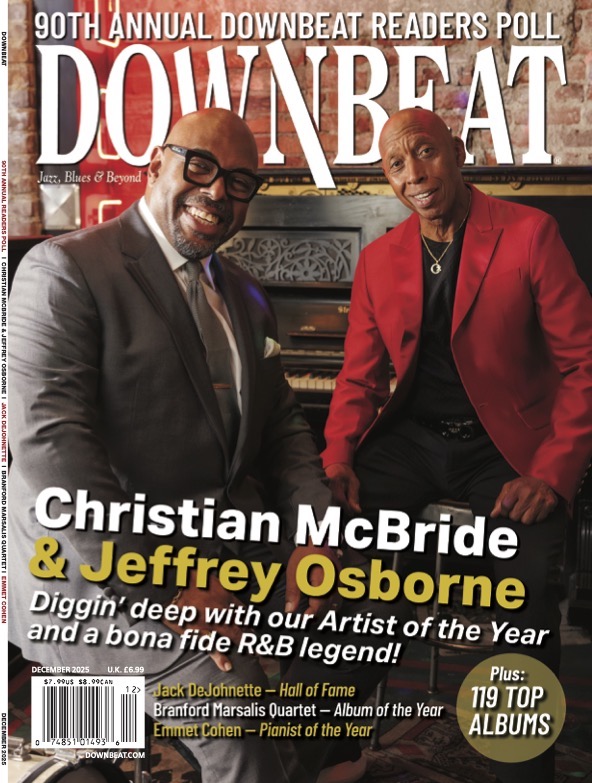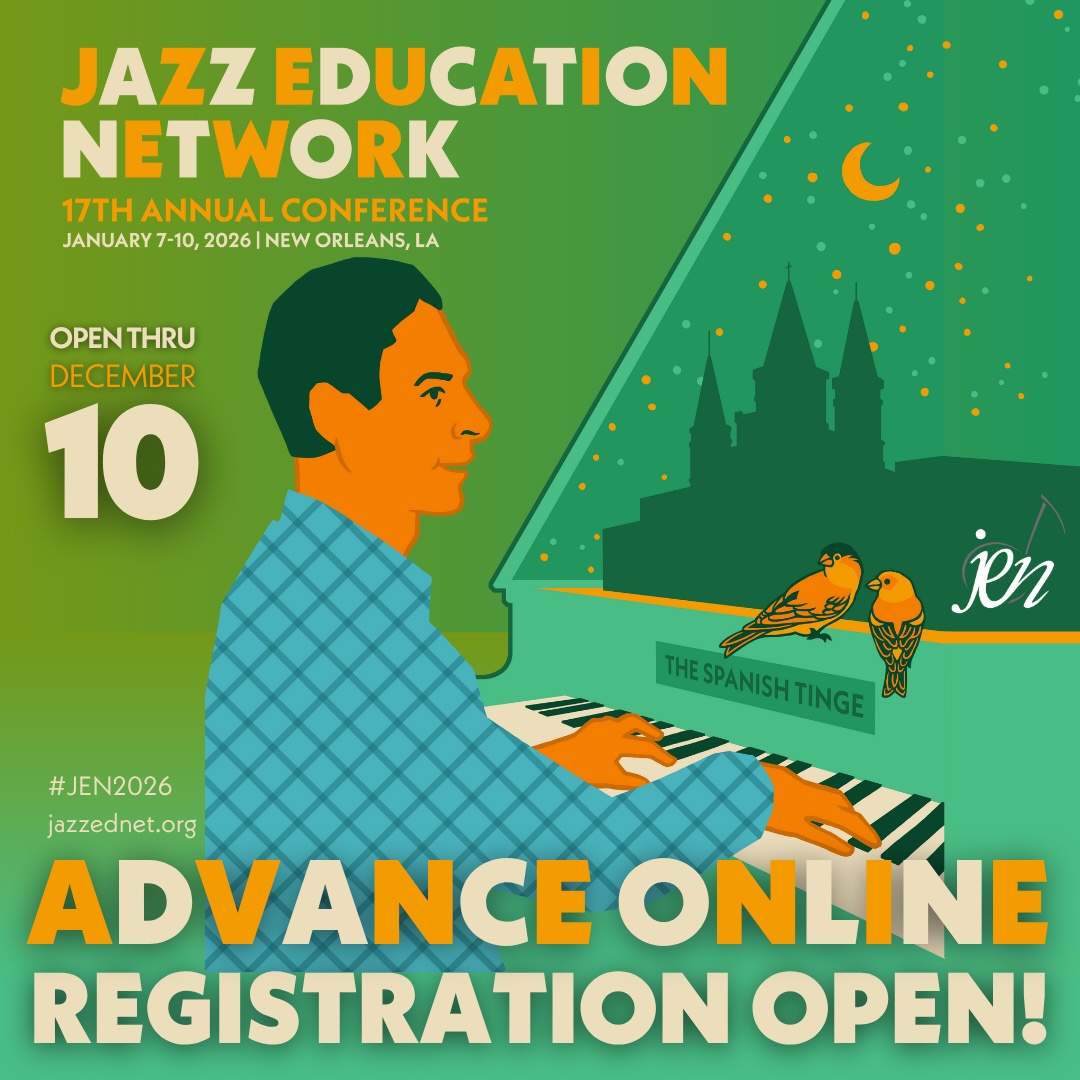Oct 28, 2025 10:47 AM
In Memoriam: Jack DeJohnette, 1942–2025
Jack DeJohnette, a bold and resourceful drummer and NEA Jazz Master who forged a unique vocabulary on the kit over his…
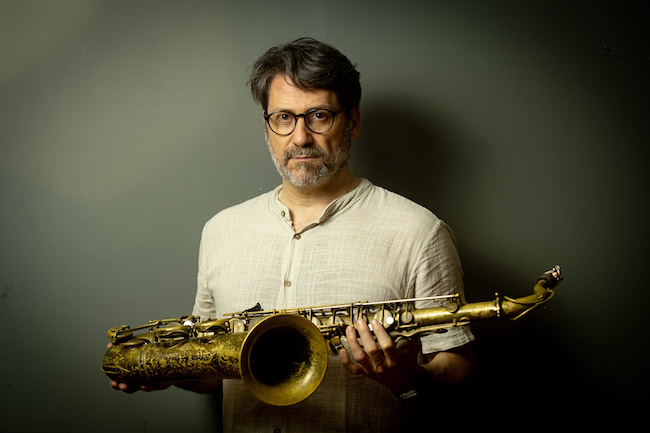
“It sounds together, there’s nothing random, yet hardly anything was said,” saxophonist Ohad Talmor said of Back To The Land.
(Photo: M. Duboule)Ohad Talmor’s new album gestated in the spring of 2020, after Lee Konitz — his mentor, friend and musical collaborator for three decades — died of complications from COVID at age 93. The alto saxophone grandmaster’s landlords wanted his rent-controlled Upper West Side apartment cleared quickly, so Konitz’s niece, Linda, tasked Talmor and drummer-historian George Schuller to review, index, organize and find safe housing for the “50-plus years of memorabilia, documents, manuscripts and instruments” contained therein. In the process, Schuller found three DAT tapes of Konitz, Ornette Coleman, Charlie Haden and Billy Higgins in Coleman’s 125th Street studio rehearsing a group of new, untitled Coleman tunes in May 1998 for a one-off, never-issued July concert in Perugia.
Born in 1970, Talmor became enthralled with Coleman’s music in 1988, when he purchased the seminal album In All Languages. “No musician gives me that sense of what freedom is in this music more than Ornette,” Talmor said from the kitchen area of the ground-floor space he owns in Brooklyn’s Prospect Heights neighborhood. It doubles as the dressing room of SEEDS, a presenting venue that Talmor founded in 2010, where Konitz’s 7-foot Steinway O sits in the tidy performance area.
Imperatives of artistic freedom had already animated Talmor’s decision in 1986 to leave Geneva, Switzerland, where he studied classical piano, to attend high school in Plantation, Florida, as an exchange student. He taught himself to play saxophone and soaked up the codes of jazz. Back in Geneva in 1989, he received a degree, became a gigging saxophonist and deployed his pianistic skills toward composing. In 1990, local composer Alain Guyonnet booked Konitz as guest soloist with his orchestra, and asked Talmor to assist. They hit it off. Over the next five years, Talmor organized European concerts for Konitz to play his compositions and arrangements, culminating in a suite for chamber orchestra and jazz trio in 1995. Later that year, when Talmor moved to New York to audition for Manhattan School of Music, Konitz put him up. For the next 25 years, they joined forces on string quartet, nonet and big band projects, documented on five conceptually ambitious albums.
During the 1998 rehearsals, Konitz played Talmor the tapes, mentioning that “Ornette wasn’t playing the pitches on some of the tunes the way he’d written them.” Talmor recalled, “You can hear him struggling on the tapes. He’d ask, ‘Is that a D or a D sharp? What are you playing here?’ Then he played something, and Ornette played it back, or Ornette played something and Lee answered. They were short melodic lines with a very strong idea, theme and variations, none as long as some of the AABA tunes Coleman did earlier in his career. They didn’t sound finished.”
Talmor’s forensic investigations coincided with “a bout of depression” in response to Konitz’s death, the general gloom of the pandemic and the transition from full-time parenting to being an empty-nester.
“I had an aesthetic shift,” he said, referencing his decision to move on from the gnarly sextet and trio music he’d composed and recorded with neighbors and close friends Dan Weiss and Miles Okazaki during the 2010s and begin “the next artistic cycle.” As “material seeped out,” Talmor “reworked some of the melodies, twisted them, harmonized them, changed some things,” ending up with variations on the 10 untitled Coleman tunes that appear on Back To The Land (Intakt), as well as Coleman’s “Kathelin Gray,” “Peace Warriors” and “New York” and Dewey Redman’s “Mushi Mushi” and “Dewey’s Tune.” In the first part of 2022, he played the repertoire in “without-a-net” concerts on a European tour with bassist Chris Tordini and drummer Eric McPherson.
“I teach a lot, mostly composition, and much of my narrative is not to be emotionally wedded to what you write, to avoid being handcuffed — which I’d been doing,” Talmor said. “Playing with the trio was liberating. It enabled me to reconnect to what I really love: the humanity of Ornette, Lee, Prez, Coltrane, Wayne. I realized that the music deserved something bigger than just my playing, where I could connect to other people who I love to listen to and play with and make an artistic statement springboarded by the material.”
During the recording sessions, which transpired in February 2023 at SEEDS, Talmor presented each piece in trio, and orchestrated the variations for configurations ranging from solo to octet, incorporating synths and real-time electronic augmentation on the second half of the album. “I reached out to people I’d played with in different capacities,” he said. One was vibraphonist Joel Ross, responsible for booking SEEDS since right before COVID, whose ascendant improvisations with the trio on “Tune 6” and “Tune 7” and on “Dewey’s Tune” at a June 2022 Jazz Gallery concert are posted on YouTube. Pianists David Virelles and Leo Genovese (who plays scored synth parts) also knew the repertoire. He recruited three trumpeters (Adam O’Farrill was another SEEDS connection, while Ross Johnson and Shane Endsley are long-standing friends and partners) and the sui generis harmonicist Grégoire Maret, an old friend from Geneva.
“This music is not difficult per se as a technical challenge,” Talmor said. “It’s musically challenging because we threw ourselves out there. I told the musicians, ‘When it’s scripted material, just read the notes, but otherwise make yourself comfortable with the lines and then let’s just improvise and see where it goes.’ It’s in stark opposition to my whole musical history, where I’m in control, writing to the details. I completely let go of that control. That’s why I love this project so much. It sounds together, there’s nothing random, yet hardly anything was said. It’s back to the original soil from which seeds can sprout.” DB
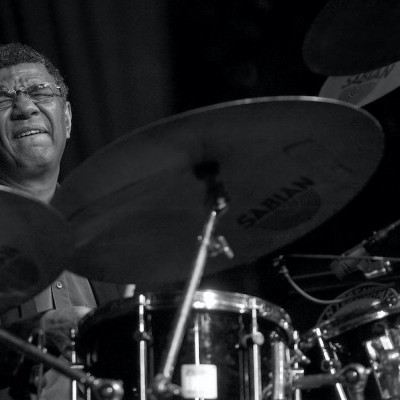
Jack DeJohnette boasted a musical resume that was as long as it was fearsome.
Oct 28, 2025 10:47 AM
Jack DeJohnette, a bold and resourceful drummer and NEA Jazz Master who forged a unique vocabulary on the kit over his…

D’Angelo achieved commercial and critical success experimenting with a fusion of jazz, funk, soul, R&B and hip-hop.
Oct 14, 2025 1:47 PM
D’Angelo, a Grammy-winning R&B and neo-soul singer, guitarist and pianist who exerted a profound influence on 21st…
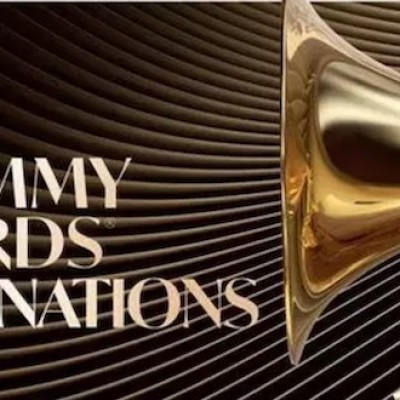
To see the complete list of nominations for the 2026 Grammy Awards, go to grammy.com.
Nov 11, 2025 12:35 PM
The nominations for the 2026 Grammy Awards are in, with plenty to smile about for the worlds of jazz, blues and beyond.…
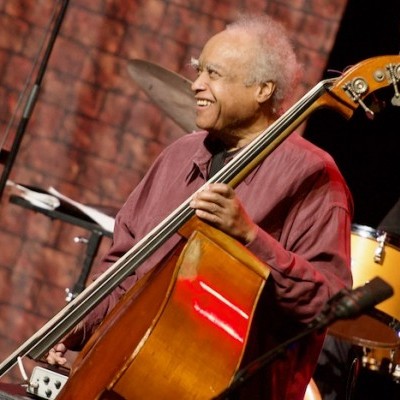
Drummond was cherished by generations of mainstream jazz listeners and bandleaders for his authoritative tonal presence, a defining quality of his style most apparent when he played his instrument unamplified.
Nov 4, 2025 11:39 AM
Ray Drummond, a first-call bassist who appeared on hundreds of albums as a sideman for some of the top names in jazz…
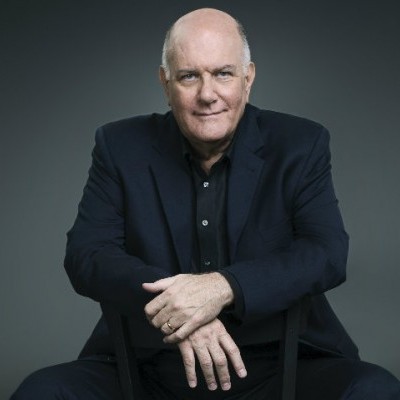
Jim McNeely’s singular body of work had a profound and lasting influence on many of today’s top jazz composers in the U.S. and in Europe.
Oct 7, 2025 3:40 PM
Pianist Jim McNeely, one of the most distinguished large ensemble jazz composers of his generation, died Sept. 26 at…

